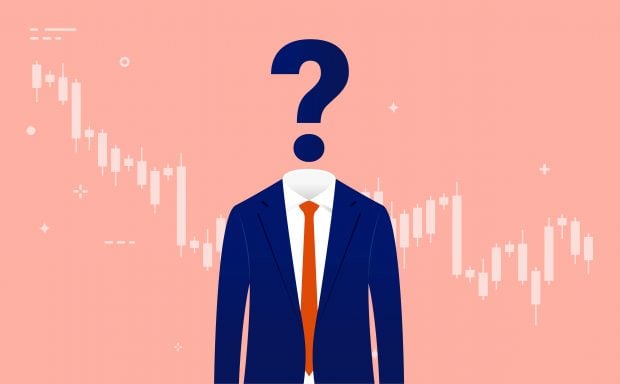 Source: AdobeStock.
Source: AdobeStock.
October's inflation came in lower than expected, leading credit union economists to predict the Fed might have a reason to begin making smaller interest rate hikes.
The U.S. Bureau of Labor Statistics reported Thursday that the consumer price index rose 0.4% from September to October after seasonal adjustments, the same monthly increase that occurred in September. Prices in October were 7.7% higher than a year earlier, down from the annual inflation rate of 8.2% in September.
Recommended For You
"This is the lowest increase for the year as prices for used cars, air travel and medical care declined in October," CUNA Senior Economist Dawit Kebede said. "Overall, the October inflation report shows signs of prices slowing down."
 Dawit Kebede
Dawit Kebede Kebede predicted the annual inflation rate would fall to 7.5% by December — well above the Fed's 2% target, but moving in the right direction.
On Nov. 2 the Federal Open Market Committee raised rates by 75 basis points — its fourth 75 bps increase in a row. Fed Chair Jerome Powell said then that rates will rise further, but the size of the increases might lessen as early as its next meeting Dec. 13-14, or perhaps the following one on Jan. 30-31, 2023.
The Fed's rapid escalation in rates has increased borrowing costs for consumers, raised net interest margins for credit unions and lowered the value of their investments.
NAFCU Chief Economist Curt Long said October's 0.4% inflation rate was "lower than expected and is hopefully an indication that the economy is cooling off."
 Curt Long
Curt Long "The report supports the step down to a 50-basis point hike in December that the FOMC foreshadowed last week, and another report or two similar to this one would present the fodder for an outright halt to rate increases," Long said.
Kebede also said a 50 bps hike was likely next month.
Kebede said core inflation, excluding food and energy, also slowed down from 0.6% in September to 0.3%.
Both economists noted the out-sized role of housing in October's inflation, but noted signs that price rises might start to ease even there.
Long said that although October's 0.8% housing inflation was the highest monthly growth rate in over 30 years, it was spurred by a large increase in hotel prices. Housing rental costs decelerated during the month and are likely to begin a precipitous decline over the coming months as new lease costs decline.
Kebede said housing accounted for more than half of the 0.4% increase in overall monthly prices.
"There is a lag of up to 18 months between current market price and the CPI for housing. The CPI reflects increases from a few months ago but current market price for housing is cooling down," Kebede said.
Long said used car prices fell at an accelerated rate and for the fourth consecutive month. While new car prices advanced in October, the rate of increase slowed as production improved.
© 2025 ALM Global, LLC, All Rights Reserved. Request academic re-use from www.copyright.com. All other uses, submit a request to [email protected]. For more information visit Asset & Logo Licensing.








